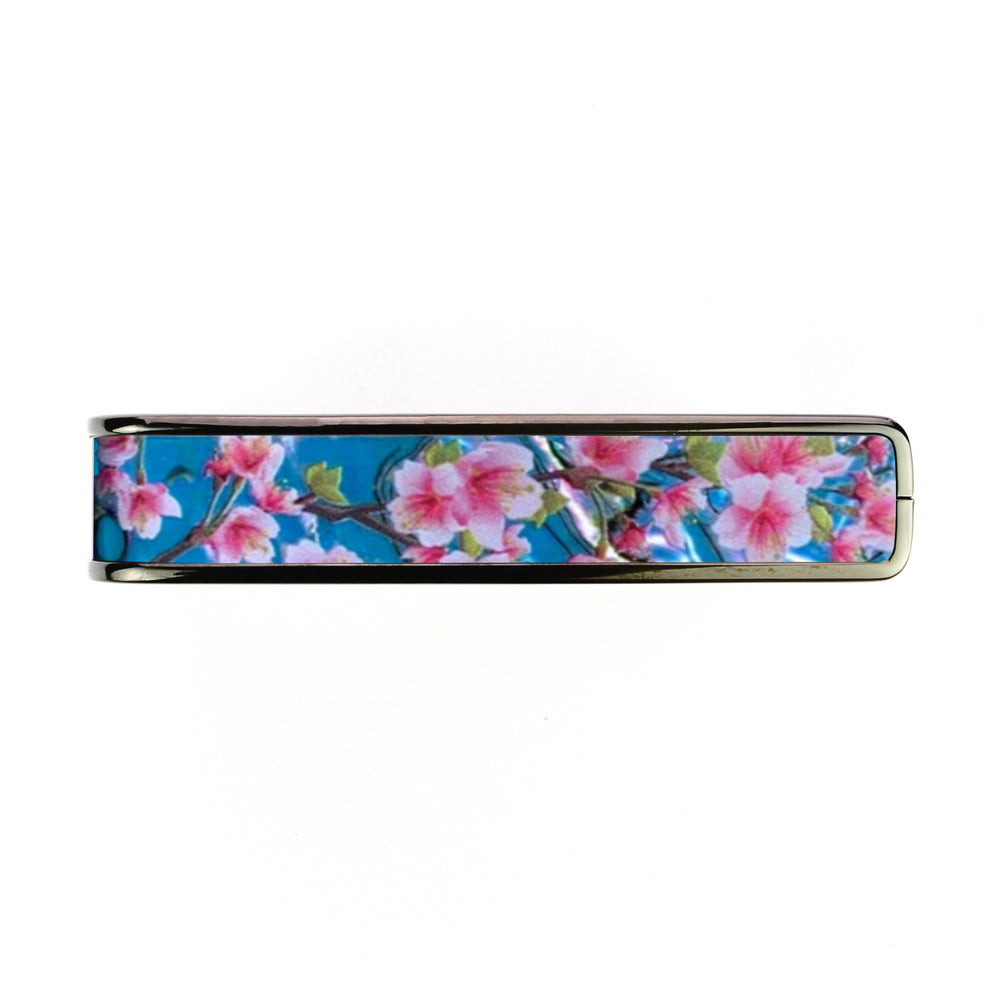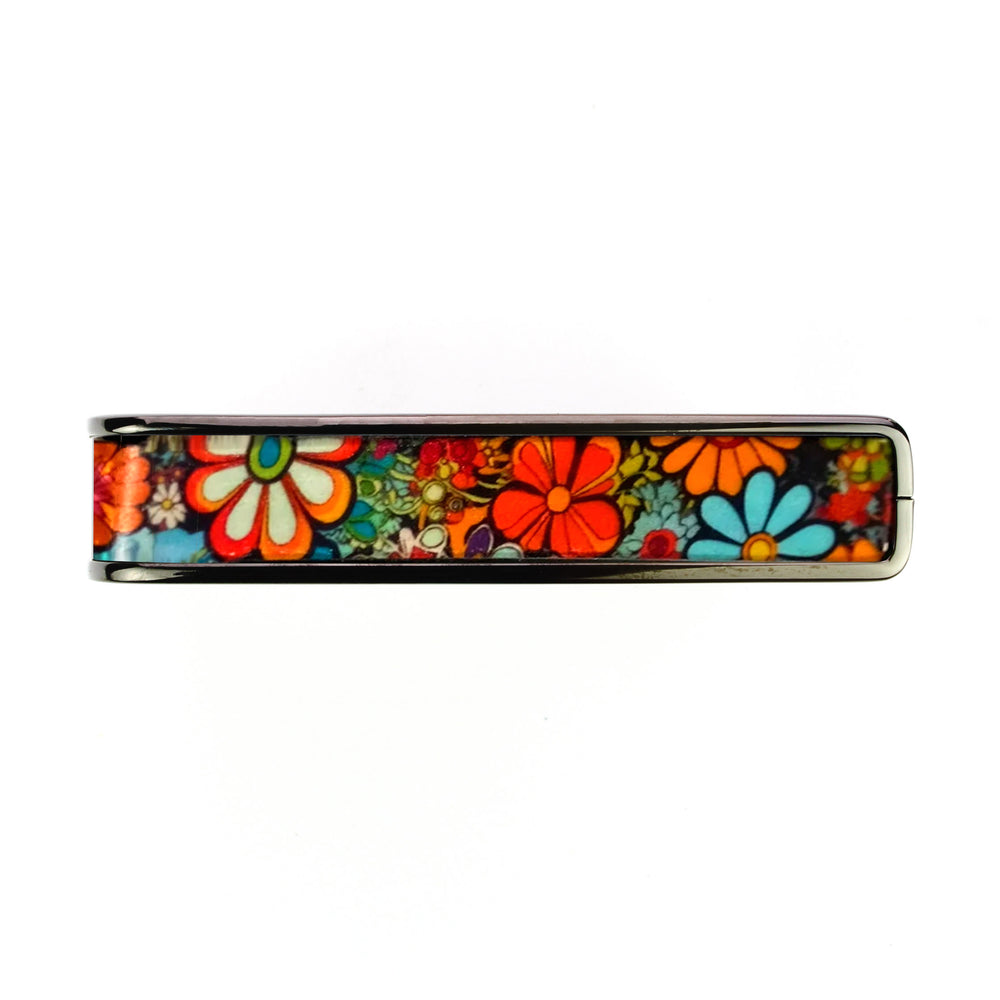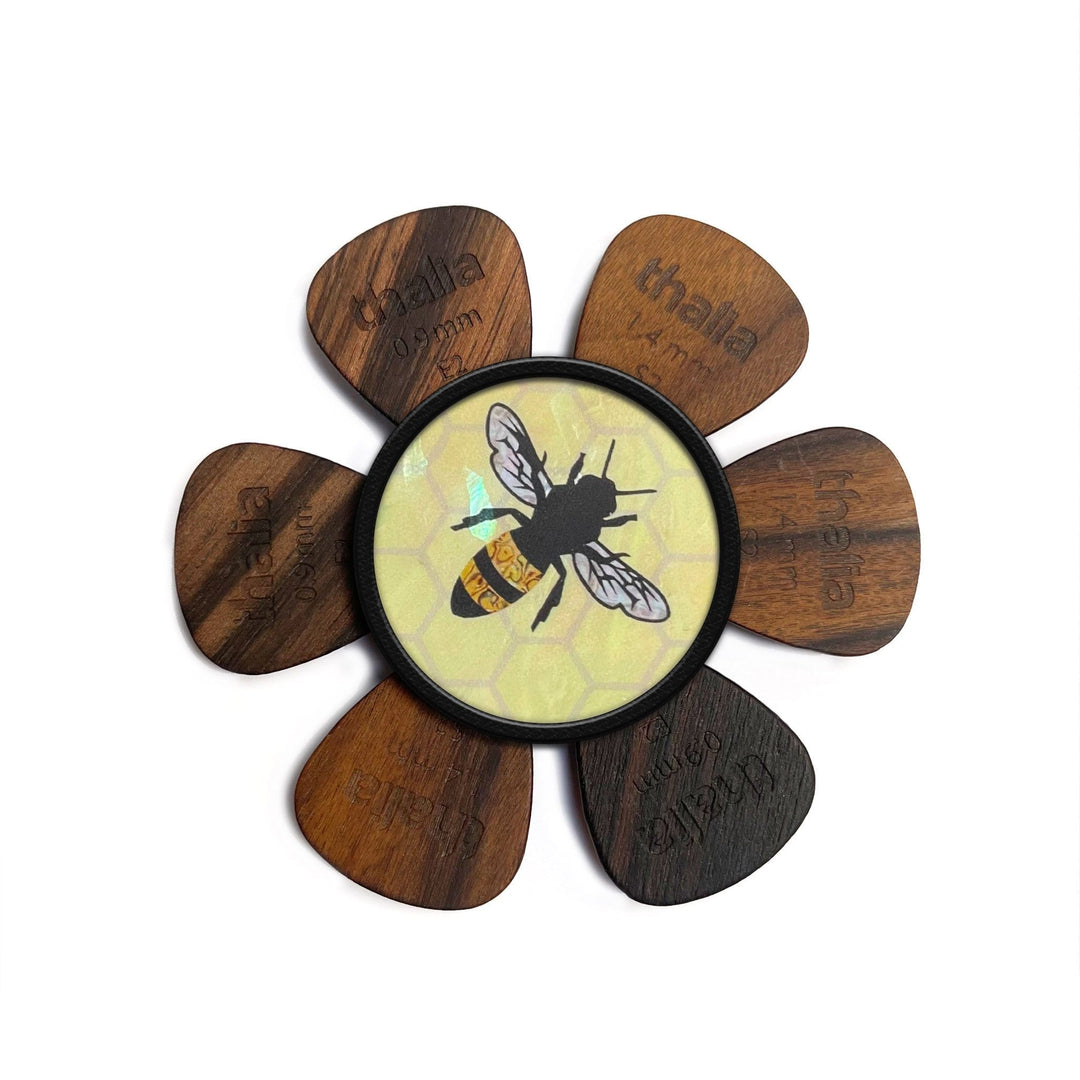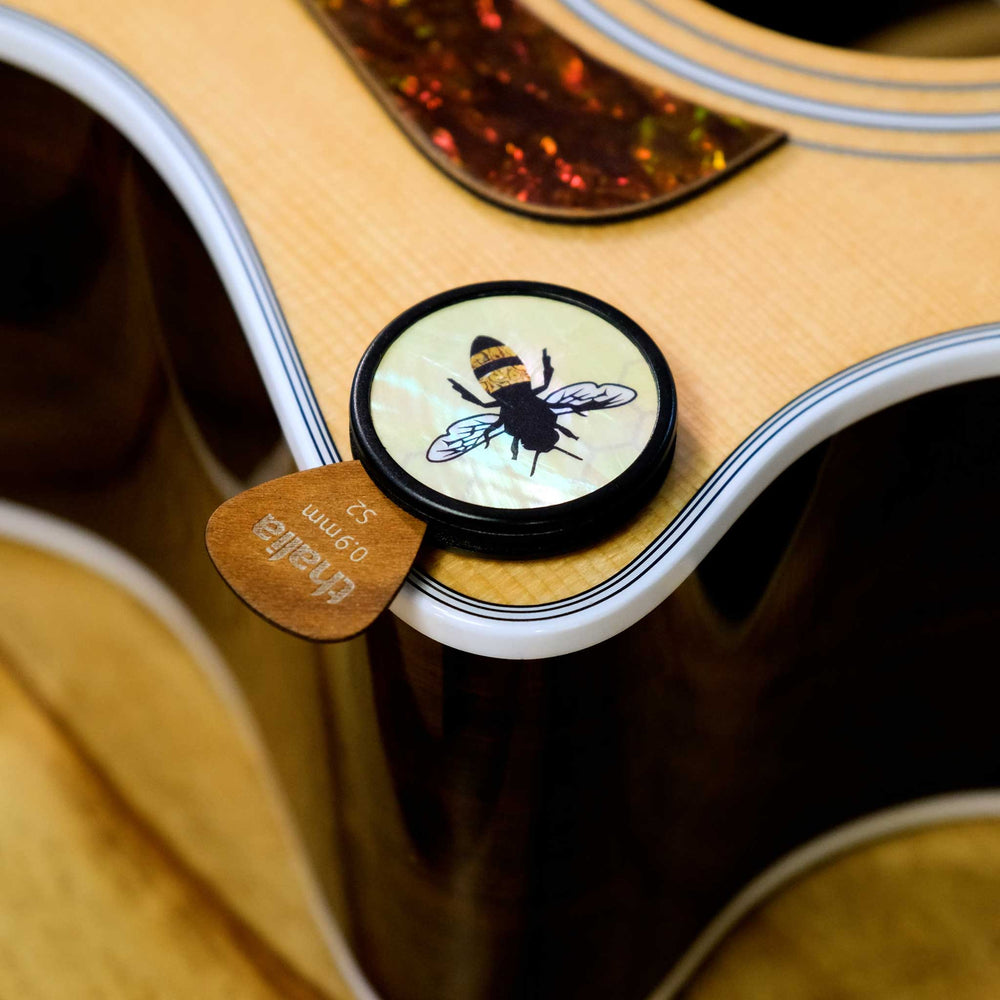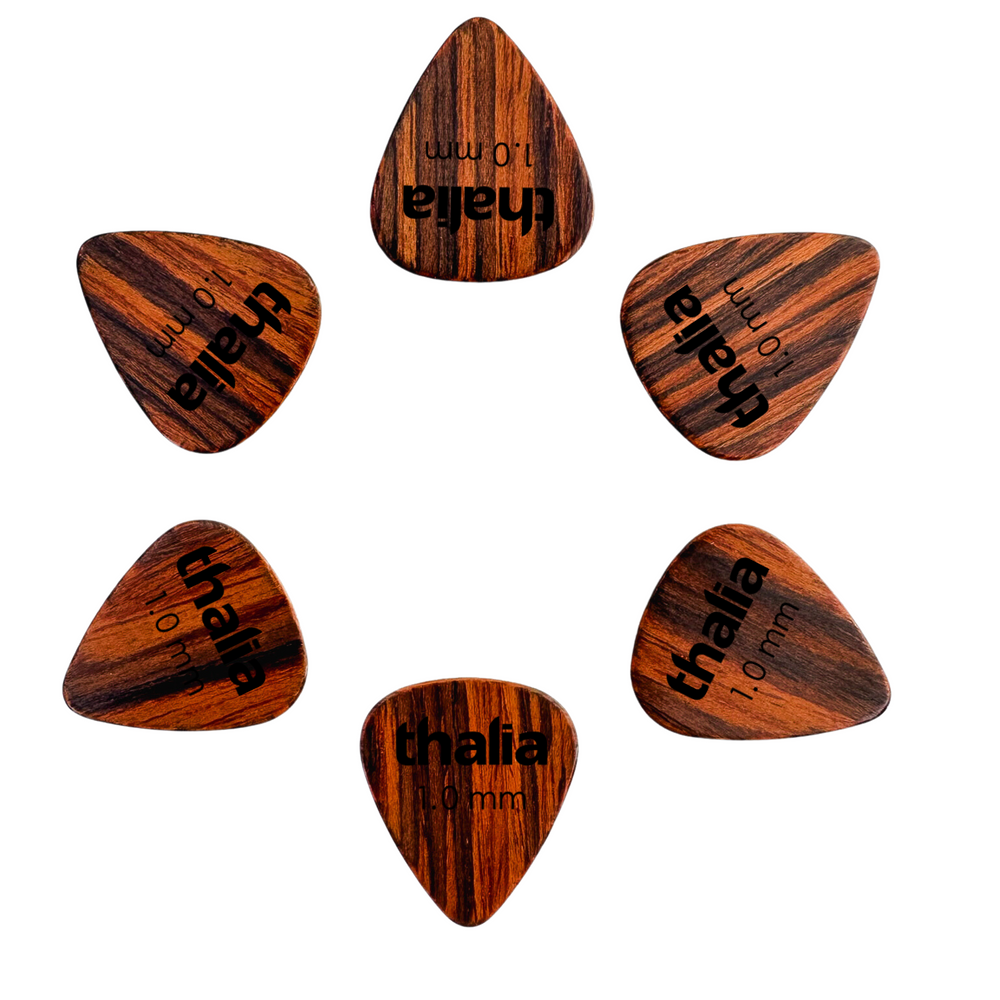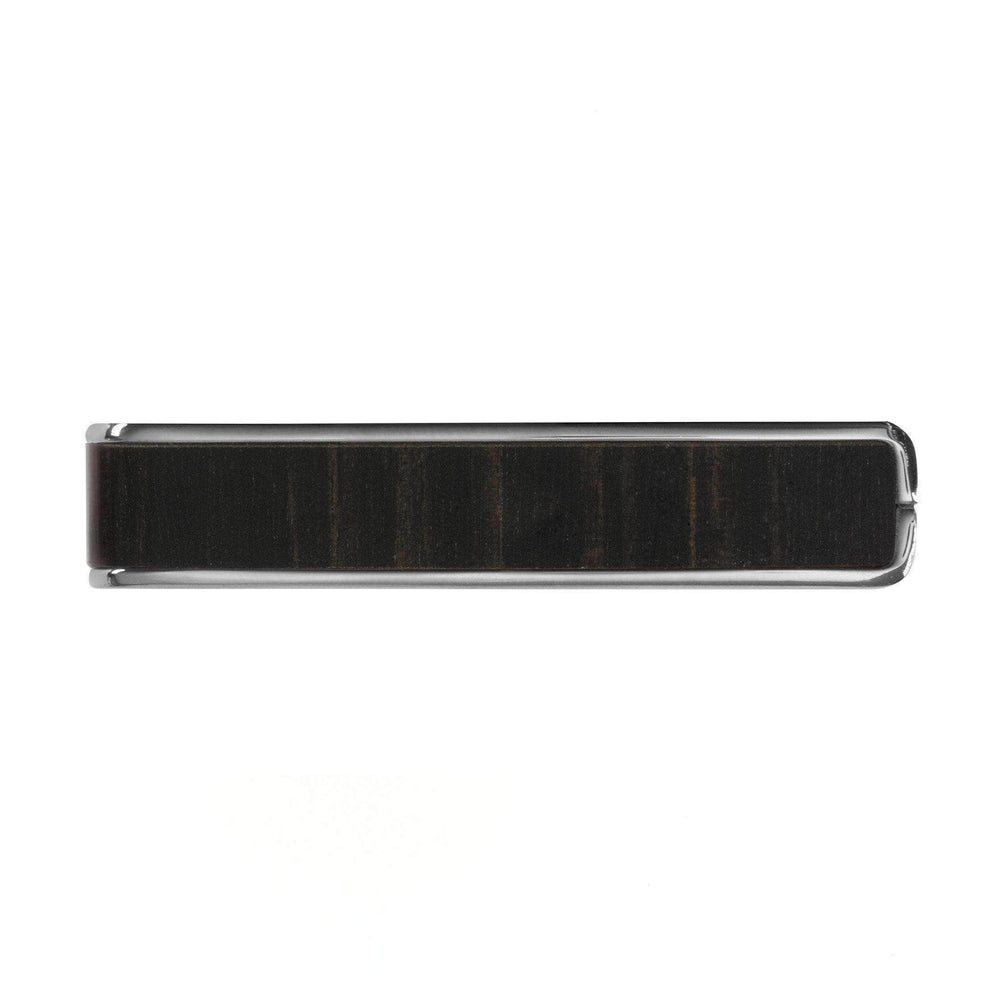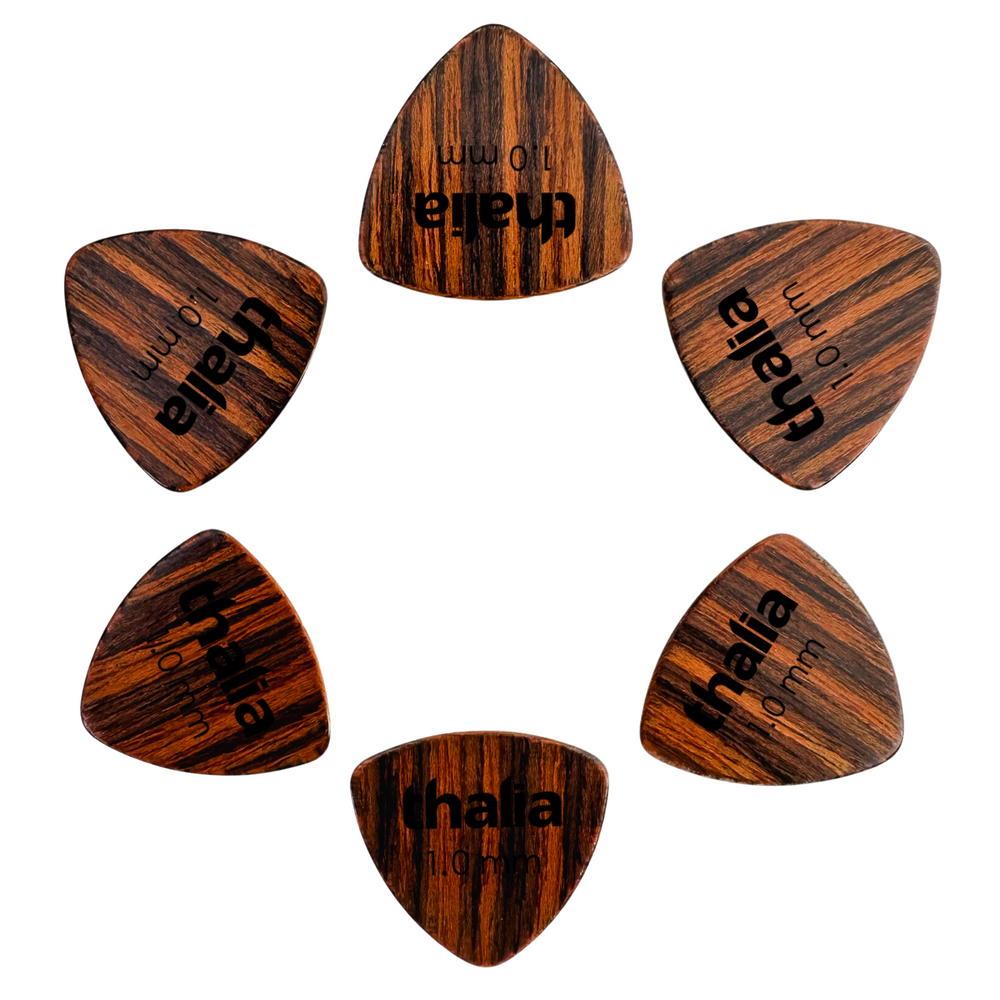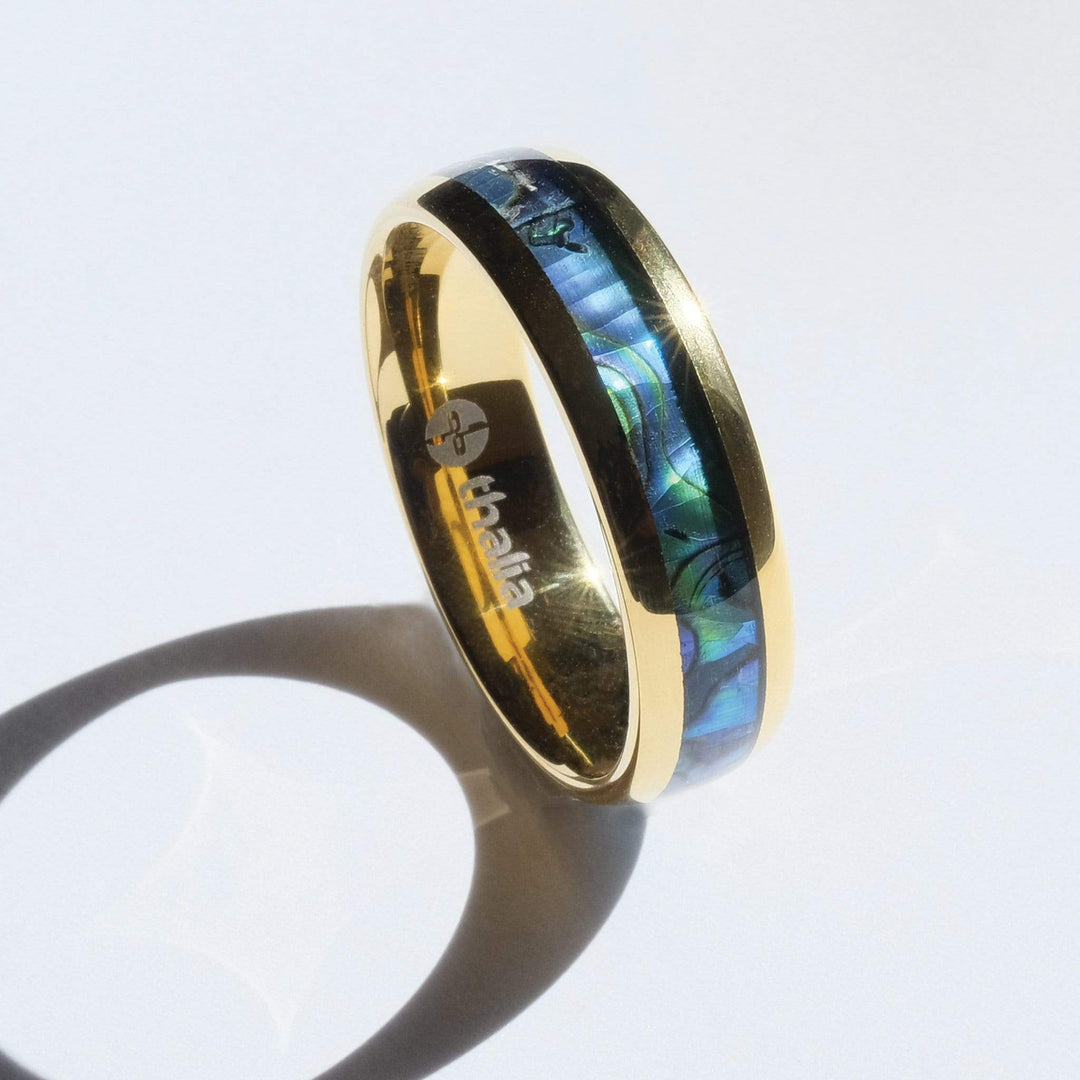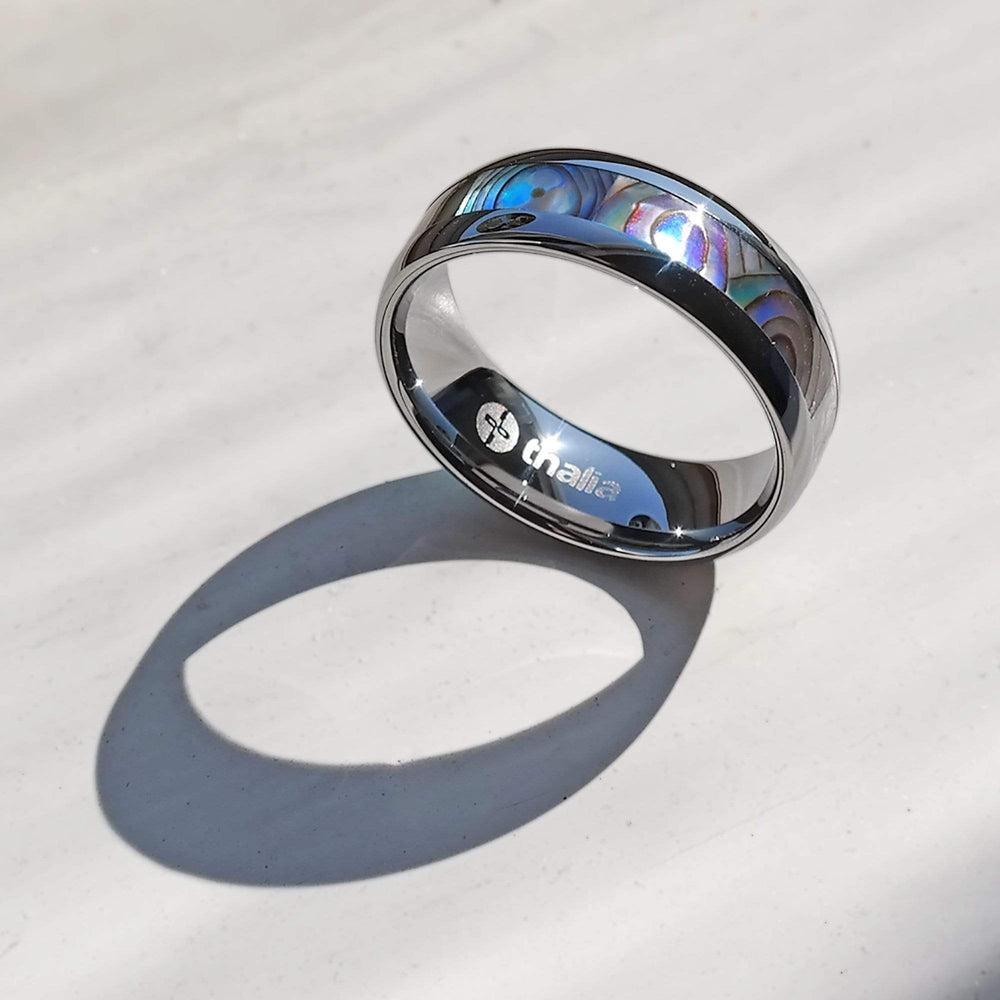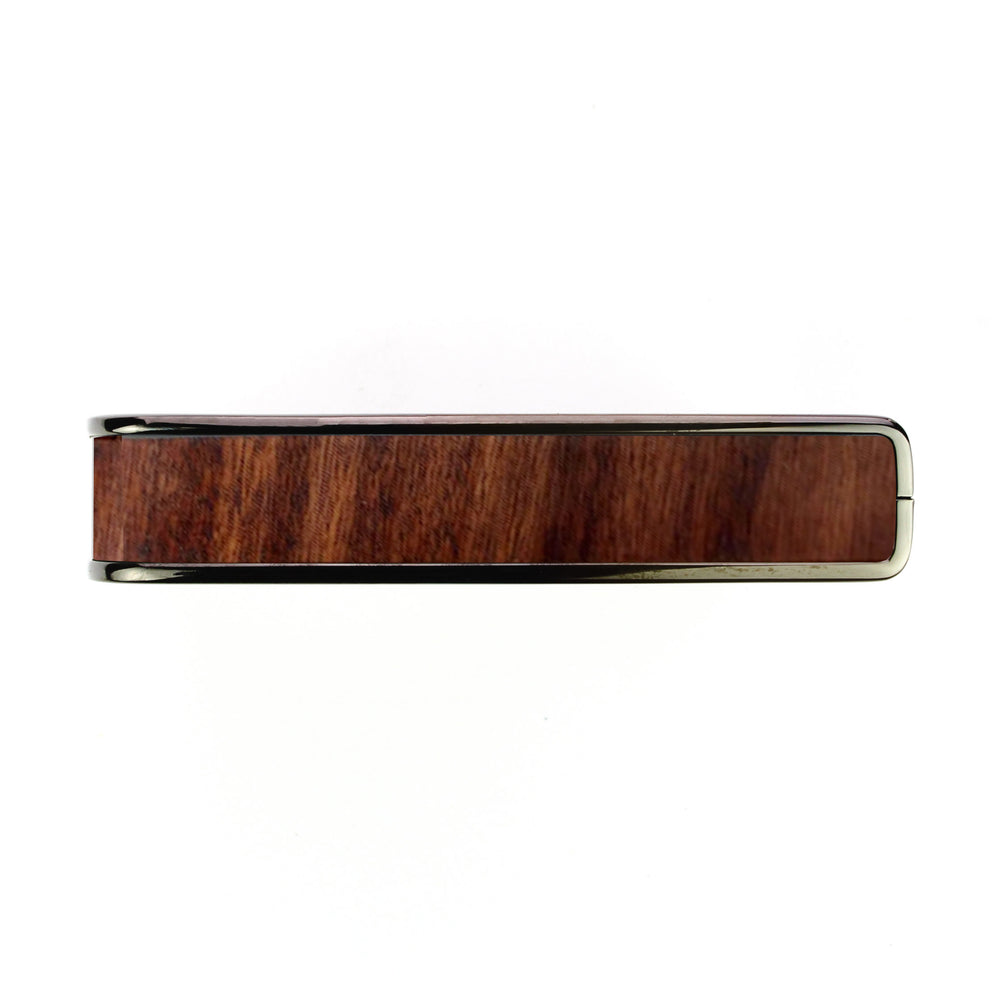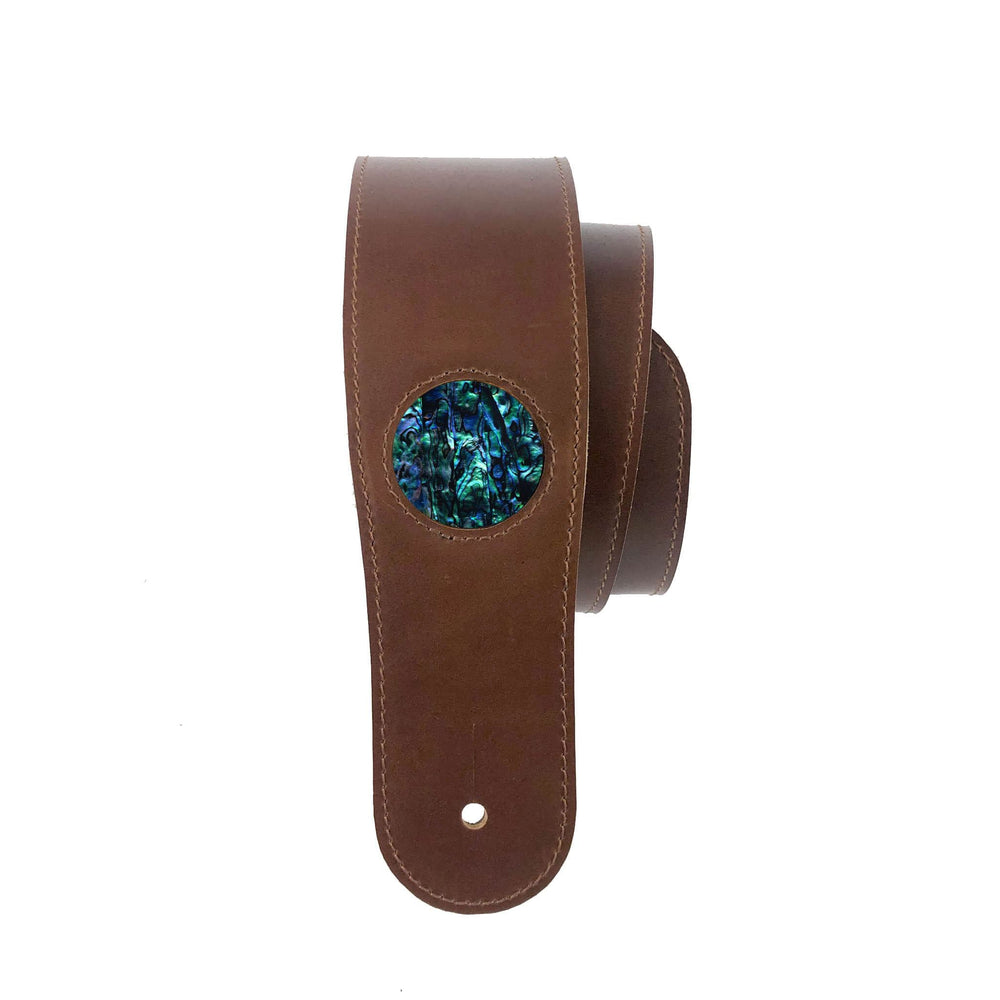Ted McCarty: Pragmatic Genius

Ted McCarty was a genius. You’ve only got to look at his accomplishments at Gibson between 1948 and 1966 to see that.
McCarty has been called Gibson’s “most beloved and influential head honcho, and a designer who changed the electric guitar forever.” It’s thanks to him that stop tailpieces, SGs and Flying Vs exist.
The man was a genius. But I think that the component of his genius that’s often overlooked is his necessary pragmatism.
This really hit home the other day when I stumbled upon an interview with Ted conducted in 1992 from the archive of noted guitar writer Tony Bacon. There’s a load of great stuff in there, and I’d really recommend reading the article in full. But, there was one statement in particular that struck me.
Tony asked Ted about the origin of the Goldtop finish (which first appeared on the Les Paul back in 1952). I expected to read some kind of explanation about the Gold signifying a high end product, or some other kind of symbolic meaning behind the decision to use the color. Instead, the reasoning was altogether more down to earth:
“We did that because the gold finish covered the blemishes in the wood, the cosmetic appearance. Because guitar players are strange. Now [speaking in 1992] they’re making guitars with maple with... what do they call that? Quilted maple, yes. In the early ‘50s you couldn’t give one away. If it was maple it had to be fiddleback maple, had to be perfect, couldn’t have any blemishes, couldn’t have any mineral streaks in it.
But we used to cover it up with that paint. Then we made the Custom, painted it black. So as long as the wood was solid, any streaks or blemishes didn’t make any difference—it was all black.”
Firstly, the idea that you couldn’t give away a guitar with mineral streaks in it seems kind of crazy now.
Secondly, and I think more importantly, that some of those iconic Gibson design choices were as much borne from necessity as aesthetics. That Goldtops and Black Beauties exist because of a need to hide streaks and blemishes is something I find just fascinating, and kind of brilliant.
McCarty et al. used those paint schemes to fix a problem (the blemishes). Rather than seeing them as a band-aid, though, they came up with a solution that added to the aesthetic of the guitar. They found a problem and turned into a win-win scenario. In the process, they designed some of the most enduring instruments in the Gibson portfolio used by some of the most famous players in the world.
What’s your favourite Ted McCarty innovation? And what’s your number one Gibson guitar finish? As always, share your stories in the comments.



